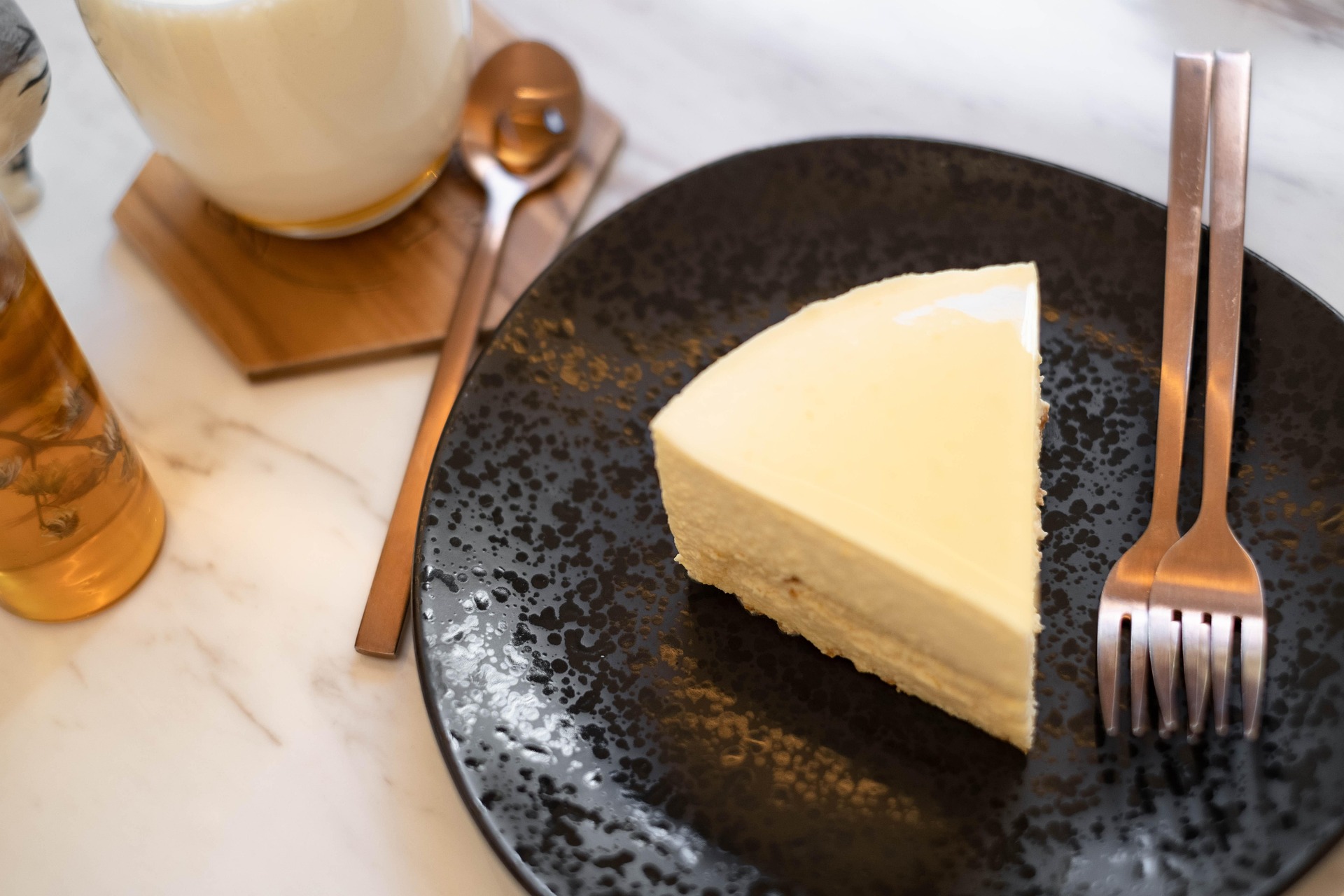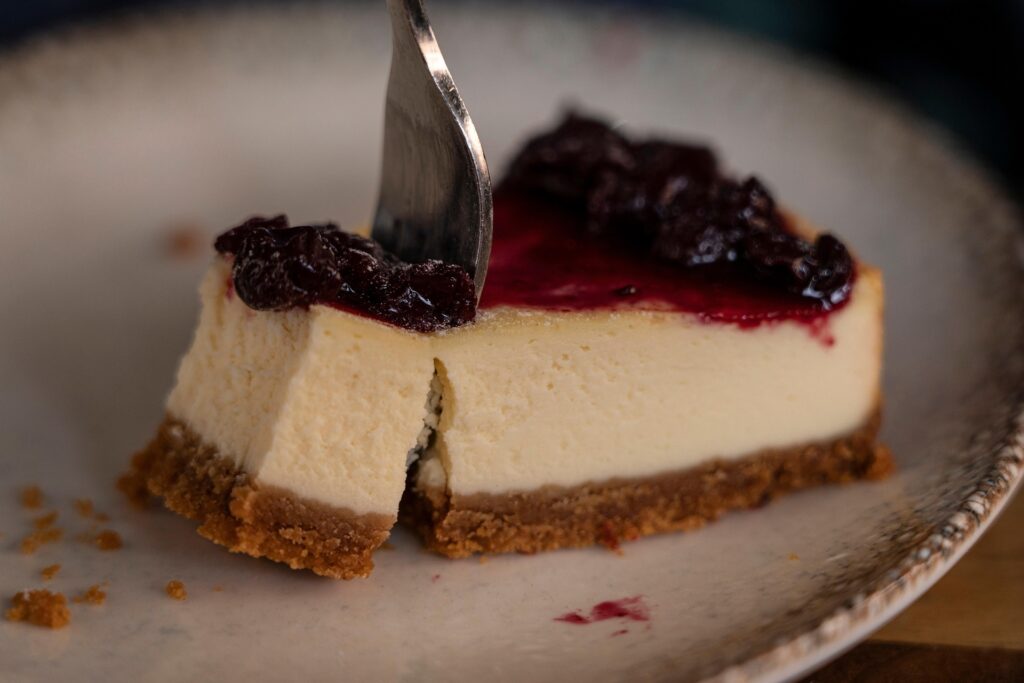- LIFE
64 Khajiit Names


Cheesecake is a beloved dessert that combines a rich, creamy filling with a crumbly crust, offering a satisfying balance of textures and flavors. Perfecting the art of cheesecake baking can be both rewarding and challenging, especially for home bakers eager to master this classic treat. This comprehensive guide delves into essential techniques, common mistakes, and creative variations, equipping you with the skills to create a flawless cheesecake every time.

Mastering the basic techniques of cheesecake making is crucial for achieving that perfect balance of creaminess and structural integrity. Each step, from mixing the batter to baking, plays a significant role in the final outcome.
The springform pan is a quintessential tool for baking cheesecakes, allowing for easy removal without damaging the delicate crust and filling. Opt for a high-quality, non-stick pan that fits snugly to prevent leaks. A 9-inch pan is a versatile choice for most cheesecake recipes.
Using room temperature ingredients is a key factor in achieving a smooth cheesecake batter. Cold ingredients can lead to a lumpy mixture, which can affect the texture. Ensure that cream cheese, eggs, and sour cream are at room temperature before mixing.
The graham cracker crust is a classic base for cheesecakes, offering a buttery and slightly sweet contrast to the creamy filling. To prepare:
A water bath, or bain-marie, is essential for even baking and preventing cracks. Place the springform pan in a larger roasting pan and fill with hot water halfway up the sides. This gentle cooking method ensures an even temperature distribution.
Even experienced bakers can encounter issues with cheesecakes. Understanding common mistakes and how to avoid them will help you achieve a perfect result.
Cracks are a common issue in cheesecake baking, often occurring due to rapid cooling or overbaking. Here are some solutions:
The texture of a cheesecake can vary significantly depending on the ratio of cream cheese to sour cream used. Cream cheese provides a denser, richer texture, while sour cream adds lightness and tang. Adjust to your preference:
Enhancing your cheesecake with various flavors can elevate it to new heights. Consider these options:
Add the zest and juice of one lemon to your batter for a refreshing citrus twist. Ensure the zest is finely grated to distribute evenly.
A classic addition, vanilla extract enhances the creamy flavor of cheesecake. Use pure vanilla extract for the best results.
Melt dark chocolate and swirl it into the batter before baking for a decadent touch. Use a knife to create beautiful marbled patterns.
No-bake cheesecakes offer a simpler alternative without the need for an oven. Here are some tips for a successful no-bake cheesecake:
Proper storage is crucial for maintaining the freshness and flavor of your cheesecake. Here’s how to store and freeze it effectively:
Store cheesecake in the refrigerator, covered with plastic wrap or in an airtight container, for up to 5 days. This prevents it from absorbing other odors.
To freeze, wrap the cheesecake tightly in plastic wrap and then in aluminum foil. It can be frozen for up to 3 months. Thaw in the refrigerator overnight before serving.
Cheesecake is a versatile dessert that can be dressed up or down depending on the occasion. Here are some serving ideas:
Learning from experienced bakers can provide valuable insights into perfecting your cheesecake. Here are some expert tips:
With these techniques and tips, you’re well-equipped to tackle cheesecake baking with confidence. Whether you prefer a classic version or a creative twist, the perfect cheesecake is within your reach.